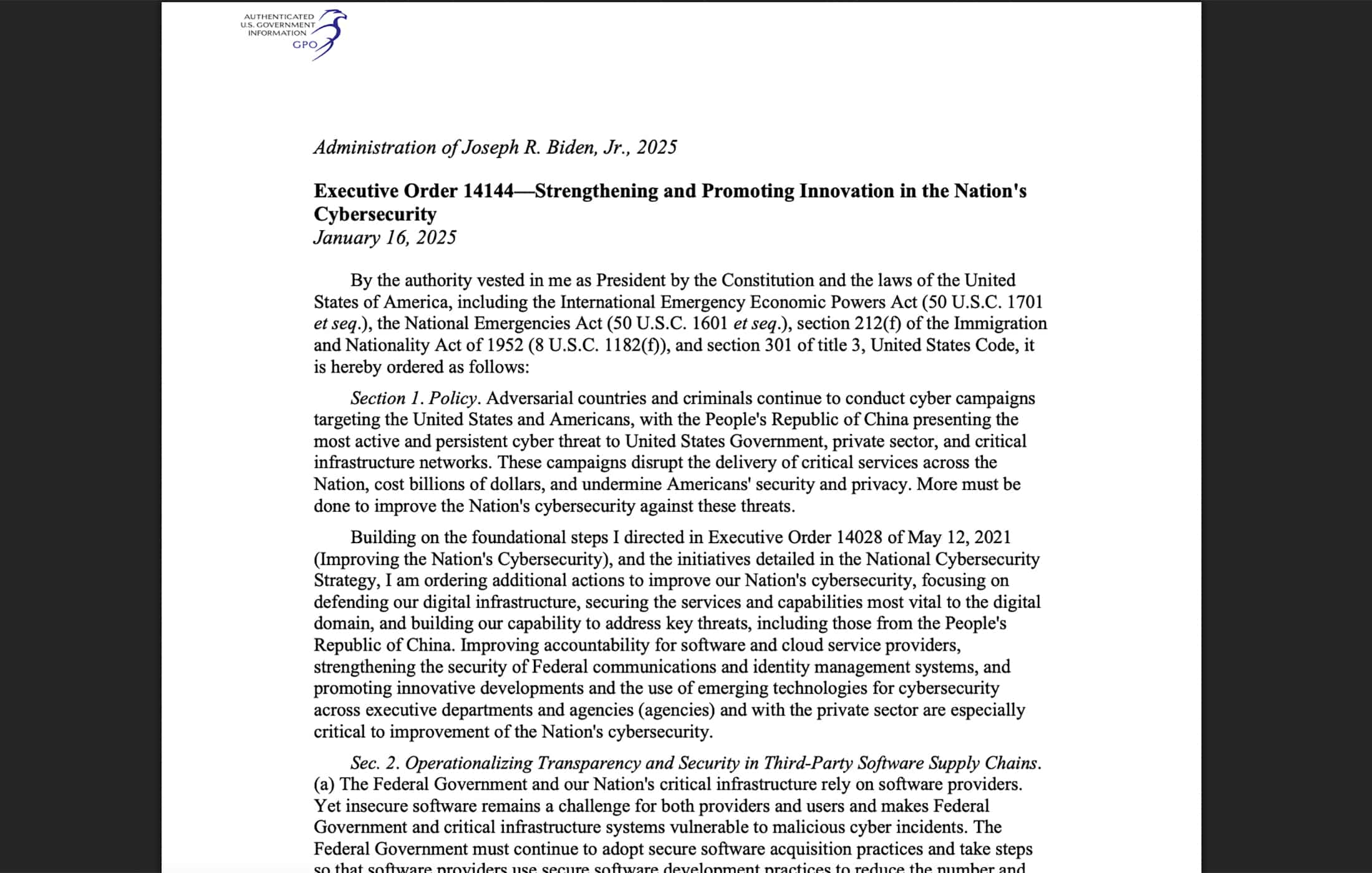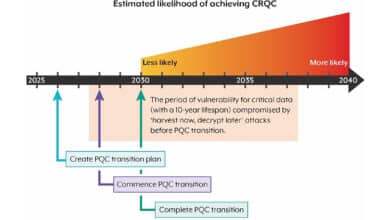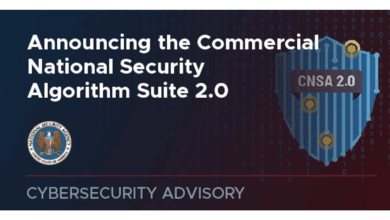Executive Order 14144: Biden’s Big Swing at Cybersecurity Modernization

On January 16, 2025 President Joe Biden signed Executive Order 14144, “Strengthening and Promoting Innovation in the Nation’s Cybersecurity.” The 17‑page directive is the administration’s most comprehensive cyber policy since EO 14028 in 2021 and, for the first time, embeds post‑quantum cryptography (PQC) migration deadlines directly in federal law.
At its core the order:
- Puts PQC on a clock. CISA must publish, within 180 days, a list of product categories where PQC‑capable solutions are “widely available.” Agencies then have 90 days to make PQC support a mandatory requirement in any new solicitation for those products, and they must enable PQC or “hybrid” key‑establishment as soon as practicable on networks that already support it.
- Commits the U.S. to global leadership. State and Commerce are ordered to rally allied governments and industry groups around the forthcoming NIST PQC standards within 90 days.
- Sets a hard finish line. OMB (for civilian systems) and the Department of Defense (for national‑security systems) must ensure all agencies support TLS 1.3 (or its successor) no later than January 2 2030 – effectively the federal “Q‑Day” deadline.
- Hardens identity and messaging. Agencies are told to pilot phishing‑resistant authentication technologies such as WebAuthn and to upgrade e‑mail, voice and video services to authenticated, end‑to‑end encryption by default.
- Modernises digital identity. A dedicated section directs NIST to issue practical guidance for mobile driver’s licences and remote identity proofing, and encourages agencies to accept such digital IDs in public‑benefit programmes.
- Raises the bar for vendors. Software suppliers will have to lodge machine‑readable secure‑development attestations and artefacts in CISA’s Repository for Software Attestation and Artifacts (RSAA); the FAR Council is instructed to embed those duties in contract law.
Taken together, EO 14144 marries short‑term supply‑chain hygiene with a long‑term sprint toward quantum‑safe cryptography, giving agencies clear milestones and—crucially—tying future purchases to PQC readiness.
My Perspective
As someone who advises agencies and critical‑infrastructure operators on quantum resilience, I see EO 14144 as a watershed moment. The United States has flirted with PQC policy since NSM‑10 in 2022, but this is the first time the White House has put procurement teeth behind the vision. By linking budget dollars to PQC features, the order sends an unmistakable demand signal to the vendor ecosystem: ship quantum‑safe products or lose federal business. That alone will accelerate feature road‑maps across firewalls, VPNs, IoT gateways and cloud platforms.
The timeline is also aggressive, but necessarily so. Cryptoanalytically relevant quantum computers (CRQCs) are not science‑fiction; they are a probability curve. Suppose a state actor attains a CRQC in, say, 2033. Any intercepted traffic encrypted with classical RSA or ECC today becomes readable retroactively. Biden’s 2030 TLS deadline therefore isn’t a nice‑to‑have—it is the last realistic window to finish a migration that will take years of inventorying, testing and phased cut‑overs. The “harvest‑now‑decrypt‑later” threat model means every month we wait is a month of sensitive data at risk.
Equally important is the diplomacy clause. NIST’s algorithms will only deliver collective security if allies adopt them in lock‑step. EO 14144 instructs State and Commerce to get that drum‑beat started within three months—a tacit acknowledgement that supply‑chain vulnerabilities don’t respect borders. From a standards‑leadership angle, locking in early foreign buy‑in reduces the risk of balkanised or proprietary PQC schemes emerging overseas.
The identity provisions deserve more attention than they have received. Phishing‑resistant WebAuthn pilots, combined with guidance for mobile driver’s licences, sketch a future in which government services are accessed with hardware‑backed credentials rather than phishable passwords or SMS codes. That move closes a major attack vector even before quantum computers arrive.
Of course, the order is only as strong as its follow‑through. Agencies will need funding to rip and replace embedded crypto, and the FAR Council must finalise rule‑making without dilution. But the roadmap is finally on paper—clear, measurable and time‑boxed.
In short, EO 14144 flips the federal posture from planning for quantum threats to executing against them. For practitioners like me, it feels like the starter pistol has finally fired. The next five years will determine whether we cross the finish line before attackers do.
Quantum Upside & Quantum Risk - Handled
My company - Applied Quantum - helps governments, enterprises, and investors prepare for both the upside and the risk of quantum technologies. We deliver concise board and investor briefings; demystify quantum computing, sensing, and communications; craft national and corporate strategies to capture advantage; and turn plans into delivery. We help you mitigate the cquantum risk by executing crypto‑inventory, crypto‑agility implementation, PQC migration, and broader defenses against the quantum threat. We run vendor due diligence, proof‑of‑value pilots, standards and policy alignment, workforce training, and procurement support, then oversee implementation across your organization. Contact me if you want help.



